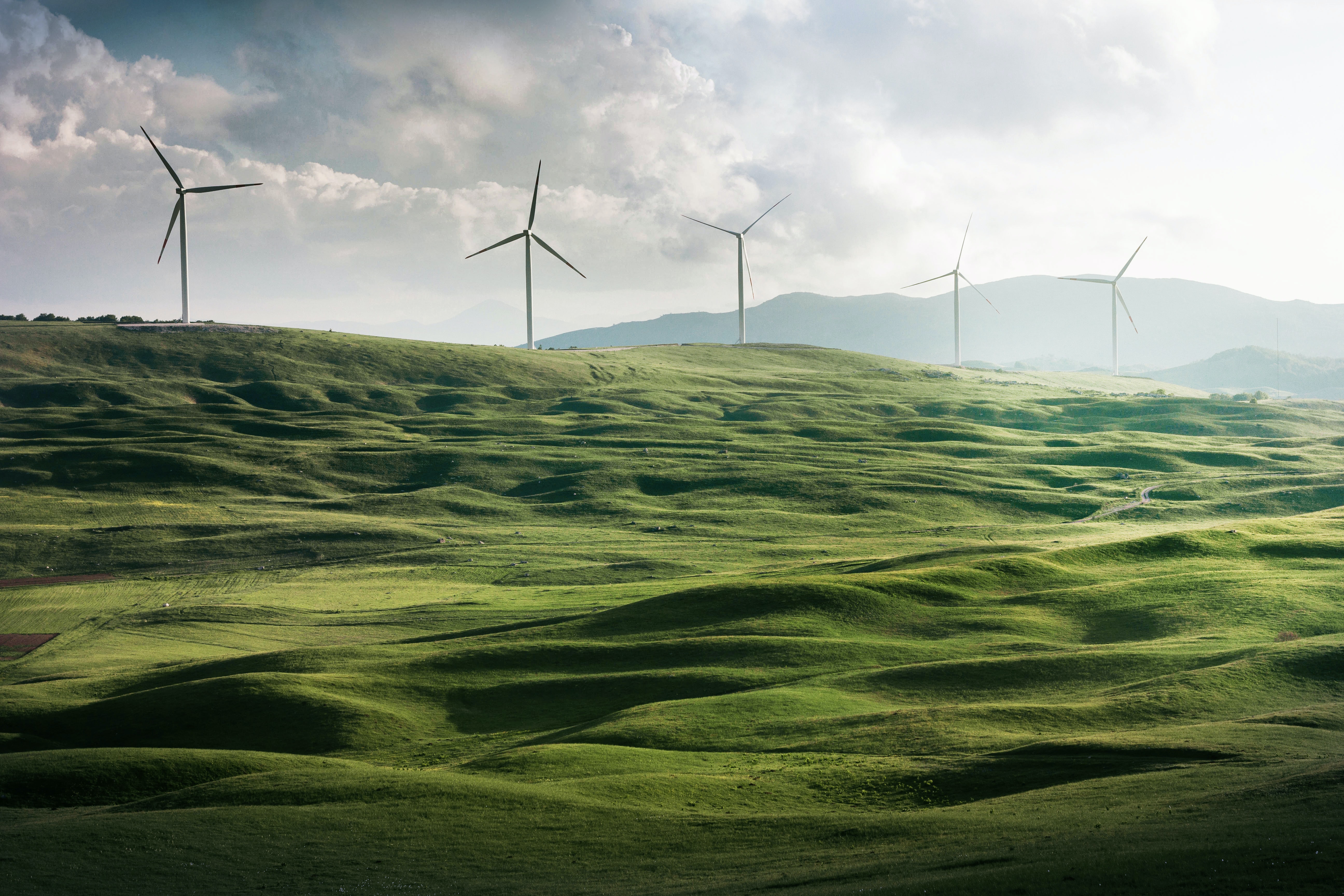Infrastructure is central to economic development, climate change mitigation and adaptation and promotion of social inclusivity. Indeed, building resilient and sustainable infrastructure is part of Goal 9 of UN Sustainable Development Goals (SDG)s, and infrastructure impacts the achievement of up to 92% of all SDG targets. However, despite the wide range of benefits it delivers to societies, infrastructure is also responsible for an estimated 79 percent of total global greenhouse gas emissions. Governments are presented with a unique multi-generational opportunity to recover from COVID-19 by building sustainable infrastructure that protects biodiversity, minimizes pollution, and decarbonizes the global economy.
Unfortunately, only 22% of the 14 trillion dollars committed to COVID-19 recovery is considered green. Investments before the pandemic were already insufficient to meet the world’s infrastructure needs—according to estimates, about USD 90 trillion needs to be spent on infrastructure globally by 2030, and in Asia alone, there is a major infrastructure investment gap of USD 459 billion annually. Investing in sustainable infrastructure for the future requires a shift in how capital is deployed.
National infrastructure banks and multilateral development banks (MDBs) have a significant role to play in a green recovery. They can adopt mandates to support the deployment of economically sound, environmentally prudent, and socially inclusive infrastructure. For example, AIIB has already begun to promote sustainable infrastructure by adopting its first corporate strategy, which mandates that 50% of all financing approvals must be climate-related by 2025. Banks can also mobilize a wide range of financial instruments and attract private capital to fund new projects with substantial economic and social impacts. In the last five years, MDBs have mobilised over US$100 billion in climate co-finance from the private sector.
In particular, projects to adopt and implement nature-based solutions, including natural infrastructure, are among the most innovative and environmentally sound alternatives to business-as-usual infrastructure. Natural infrastructure refers to “strategically planned and managed network[s] of natural lands, such as forests and wetlands, working landscapes, and other open spaces that conserves or enhances ecosystem values and functions and provides associated benefits to human populations.” Compelling examples across Asia and the wider world point to the potential of natural infrastructure as an asset for investment. For example, along the coastline of northern Java in Indonesia, protecting and restoring mangrove ecosystems for flood defense has delivered cost savings and numerous co-benefits when compared with built infrastructure solutions such as seawalls. Elsewhere, Pakistan is expanding tree planting to tackle both unemployment and climate change simultaneously, creating over 85,000 jobs in plant care, reforestation and fire suppression activities.

While most natural infrastructure projects are cost-effective and offer dividends in the form of social and environmental benefits (air/water quality, food security, disaster resilience), they may struggle to generate secure financing from cash-strapped municipalities or generate the kind of high returns attractive to private investors. Infrastructure banks and MDBs can remove financing barriers by providing no- or low-interest loans, in-kind engineering grants, funding earmarked for technical assistance, or guaranteeing senior debt to municipalities to support local development programs. In tandem, governments can deploy various risk mitigants, promote blended funds and green bonds and foster a wider enabling environment for priority investments while ensuring fiscal sustainability. Strong partnerships between governments and MDBs would help meet important needs in the functioning of local communities.
AIIB, for example, has developed the Sustainable Cities Strategy that covers investments that “enhance resilience against climate change and natural disasters, including through nature-based solutions where feasible, within urban boundaries” within its main investment areas, and the AIIB Water strategy also based on nature-based solutions. Restoring 350 million hectares of degraded landscapes by 2030 – which can and should be done during the UN Decade on Ecosystem Restoration – could generate USD 9 trillion dollars in ecosystem services and mitigate climate change.
Recent developments COP26 have added momentum to the push for increased investment in natural infrastructure, with MDBs promotion natural capital and nature-based solutions as part of their climate action ambition. In addition, almost 500 private financial services firms agreed to align $130 trillion – around 40% of the world’s financial assets – with the Paris Agreement and announced their work on a sector-wide plan to mobilise and scale private capital needed for decarbonization in emerging markets and transform the financial architecture by mainstreaming and scaling climate-related investment returns. Relatedly, they announced their plan to develop country-based platforms to connect private capital with country projects, scaling blended finance through MDBs.
Infrastructure projects and development banks can work in closer coordination to meet global infrastructure needs while contributing to the attainment of the Sustainable Development Goals. UNEP’s International Good Practice Principles for Sustainable Infrastructure set a guiding framework for critical decisions and investments, covering prioritization of nature-based solutions (Principle 4) and innovative financing options (Principle 8). In this context, banks can use their capital to de-risk transactions and attract untapped private sector investments to bridge the infrastructure gap. Together with comprehensive infrastructure planning and sustained investments from governments at the national and local levels, banks and private sector investments can help transform our current infrastructure systems into sustainable infrastructure for all.


